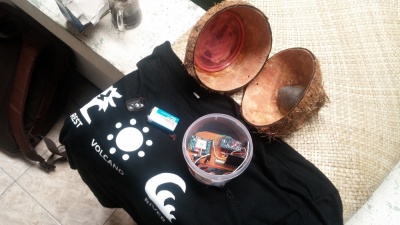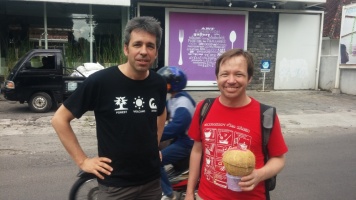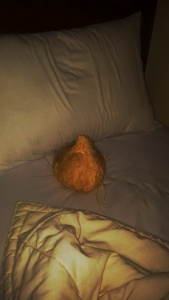Water Sampling Coconut
Contents
Concept
This prototype of a water monitoring system was built during HackteriaLab 2014 in Yogyakarta (Indonesia). Different concepts of mobile water sampling and sensor systems were prototyped and tested in a real world environment.
Requirements discussed:
- Available materials and technologies
- Encapsulation to protect and float sensors
- Avoid that the sampling system would be picked from the water
- Active or passive system that can easily float down a river
- Take measurements or samples continuously or at specific positions

First idea of hiding the electronics inside of a bamboo stick
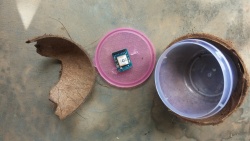
Idea of using a coconut as it has good shape to go down a river stream and is easily available.
Inspired by CocoGnusb by Marc Dusseiller Dusjagr, Yashas and a.n.y.m.a.
http://hackteria.org/2011/12/14/soldering-beach-field-research-in-goa/
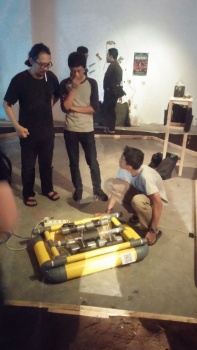
Different approach that was also prototyped was to build a float made from sanitary tubes.
http://hackteria.org/wiki/HLab14-Exhibition#WASP_.28Water_Sampling_Probe.29
Prototype
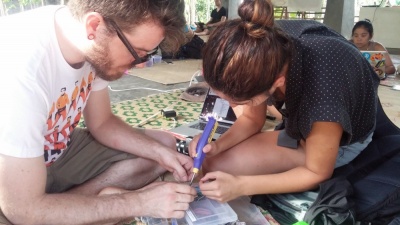
The electronic prototype built into the coconut was composed of
- a Global Positioning System (GPS) sensor tracking the position of the coconut for mapping the data
- a temperature sensor to measure the water temperature
- an SD card to store the data recorded
- an arduino to control the process of sampling and storing
future options (not implemented yet)
- GPRs or similar cellular communication system to send position and data back
- additional sensors for water quality measurement
We got the coconut from a local market, cut it in two halves, eat the flesh and drunk the juice.
The electronics were encapsulated in a plastic container to make it waterproof.
And added a stone at the bottom to make sure the coconut would float with the GPS sensor always pointing up.
Field Testing
The proof of the pudding is the eating. So we went out to test the device in a near by river.

We first tested on a small river along a rice field.
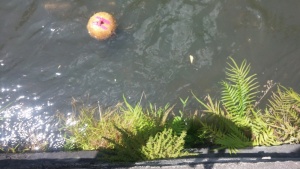
The coconut floated nicely in the water
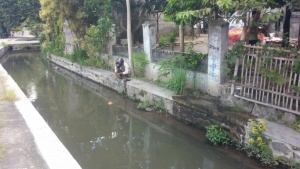
First prove of concept, the guy washing in the river did not even notice the coconut floating by.
After about 500 meter of free float we collected the coconut again and analyzed the recoded data.
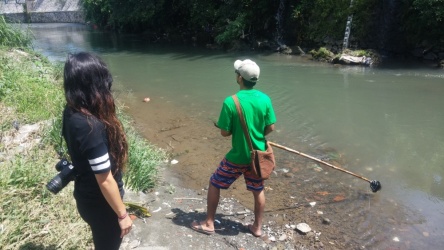
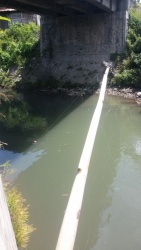
We then went to a bigger stream to see how the coconut would perform.
Using a stick to guide the coconut and bring it back.
Results
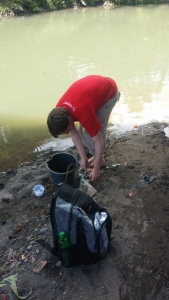
Dr. Brian taking water samples and performing tests.
While testing the water-sensing coconut we did in deed find some indications of water impurity - not from the recorded data but rather from simple observation at the river.
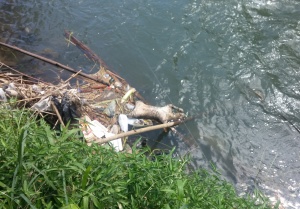
Dead cat in the water.
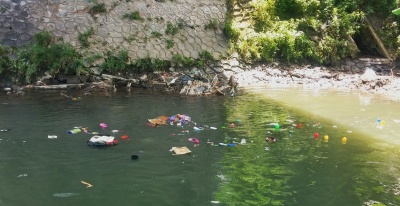
Loads of plastic trash dumped in the river.
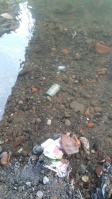
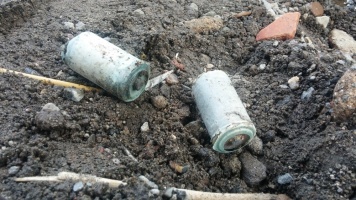
Batteries near and in the river.
Measurement Results
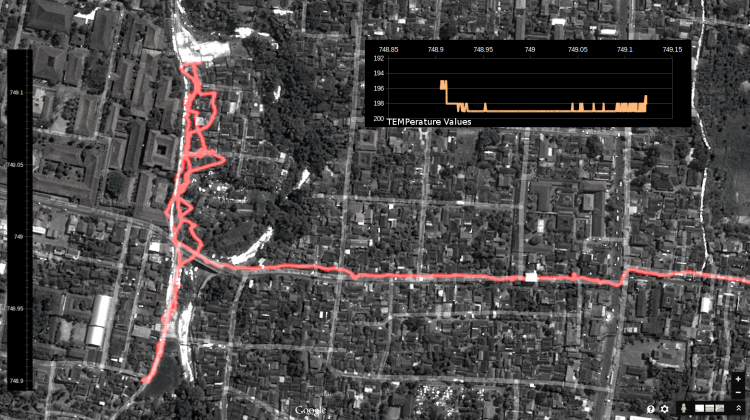
We recorded GPS and temperature sensor measurements while walking to LifePatch headquarter and later when the coconut was floating in the river. The results were corretely recorded. The GPS data was quite noisy when the coconut was in the water. The temperature sensor changed when the coconut was put in the water and removed again. The sensor was not calibrated and not sensitive enough to determin temperature differences in the water.
Coconut in the exhibition
To be continued
Links
Mapping in Yogyakarta by Biodesign.cc
http://biodesign.cc/2014/05/05/mapping-in-yogyakarta/
http://biodesign.cc/2014/05/05/mapping-in-yogyakarta/#jp-carousel-1567
Protei, open, extendable sailing robots to explore and protect the oceans
http://scoutbots.com/
